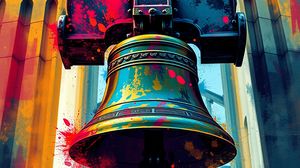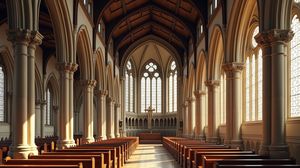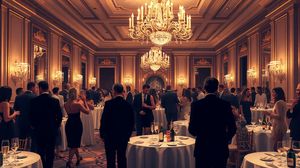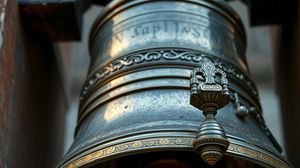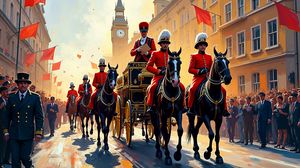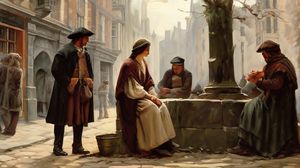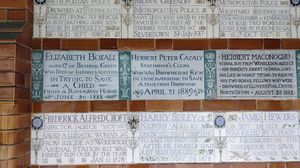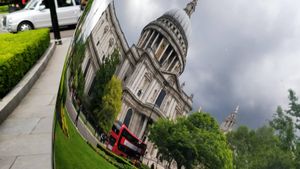
The Roman Amphitheatre located beneath the Guildhall in the City of London is one of London's most fascinating archaeological sites. Discovered in 1988 during the redevelopment of the Guildhall Art Gallery, this site reveals the ancient Roman roots of the city, dating back to AD 70. It offers a unique glimpse into London's past as Londinium, a bustling Roman settlement.
The amphitheatre was an impressive structure, designed to accommodate up to 7,000 spectators, which speaks volumes about the size and importance of Roman London. It was used for entertaining the populace with gladiatorial combat, wild animal fights, and public executions, showcasing the eclectic and often brutal tastes of the ancient Romans.
A remarkable feature of the amphitheatre is the original wooden drains, which were engineered to carry away rainwater from the arena floor. These can still be seen today, underscoring the ingenuity of Roman engineering. Their craftsmanship ensured the arena was kept dry during events, an essential factor in the unpredictable London weather.
Visitors can explore the preserved remains of the amphitheatre, including sections of its original walls. As part of the visit, the venue uses modern technology to digital enhance the experience through virtual reality installations that recreate the arena atmosphere, placing you right in the heart of ancient Roman entertainment.
The site is located beneath the Guildhall, which is already a treasure trove of history and culture in itself. The juxtaposition of medieval architecture above and the ancient Roman relics below presents an unusual but captivating contrast. This duality gives visitors a sense of London's multi-layered history, each era building upon the last.
Interestingly, the Roman Amphitheatre was forgotten over the centuries and its rediscovery was quite accidental. Before its unearthing, the amphitheatre lay hidden for almost 1,500 years, highlighting how much of London's ancient history remains buried beneath its modern streets.

Making the Most of Your Visit:
Make sure to pay attention to the subtle lighting changes used to highlight the remains of the amphitheatre. It creates a magical atmosphere and helps you visualize the scale of the place during Roman times, which you might miss if you rush through.
This might seem surprising, but try to time your visit during a quiet weekday. The echoing halls give an added layer of ambience when fewer people are around. It feels like you're stepping back in time!
Don't skip the virtual reality installations. These are not just fun but truly enhance your understanding of the site's history and significance by immersing you into the ancient world. Kids and adults alike find them fascinating.
Keep an eye out for the original Roman wooden drains. They are a testament to Roman ingenuity and design. Not many people know that these are the only wooden remains from that era found in London, so take a photo for a unique souvenir.
After exploring the amphitheatre, spend some time wandering around the Guildhall itself. The medieval architecture and art collections are impressive, and visiting both sites gives a more complete picture of London's layered history. Plus, it's all included in your entry!

Visiting Times & Costs:
The Roman Amphitheatre at the Guildhall in the City of London is open to the public and is part of the Guildhall Art Gallery. Visitors can explore it during the gallery's opening hours, which are generally from Monday to Sunday, with variations on certain days and holidays.
Opening Hours:
- Monday to Saturday: 10:00 AM - 5:00 PM
- Sunday: 12:00 PM - 4:00 PM
Note: Hours may vary on public holidays and special occasions. It is advisable to check in advance for specific days.
Entrance Fees:
- General admission to the Guildhall Art Gallery, including the Roman Amphitheatre, is free. However, special exhibitions or events may have an additional cost.
Accessibility:
- The site is accessible to wheelchair users with ramps and lifts available within the Guildhall Art Gallery. There are accessible toilets available as well.
- Visitors with additional access needs are advised to contact in advance to ensure any specific arrangements can be accommodated.

Address & Map:

Nearby:



